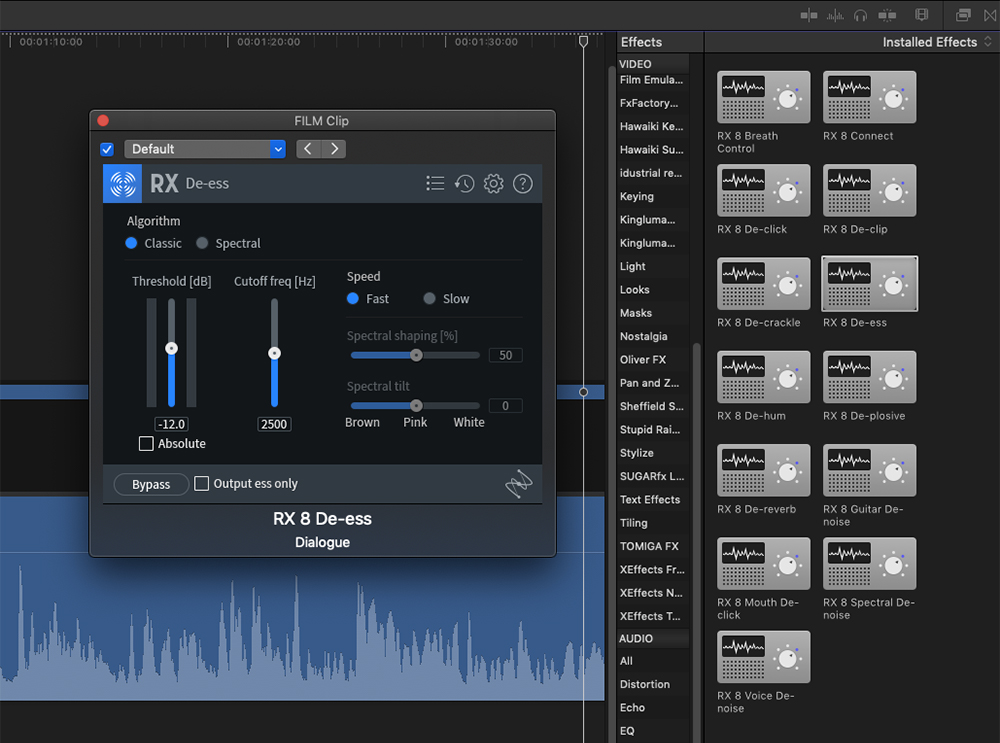Clean edits, tonal balance, a brilliant EQ, perfect dynamics, and tasteful ambience—this article is about none of that! Instead we’re going to examine how Nectar 3, RX Elements, VocalSynth 2, and a few bonus goodies, can help you achieve interesting, esoteric, exciting new vocal effects.
1. Harmony vocals with Nectar 3
Izotope Rx Comb Filtering
If you need quick harmony vocals, the Harmony module Nectar 3 provides the ability to add them. You can pan them however you like, change their level, raise or lower their interval, and even, in MIDI mode, select the very notes they’ll be singing.
Izotope's do-everything mastering suite expands again, with a new Advanced version offering even more user control. In Ozone 5 Advanced, the modules can be run within the main plug-in, as here showing the EQ, or as separate plug-ins, as shown in the other screen shots. Learn Comb-filter skills by watching tutorial videos about Pigments 3: The Video Manual, Physical Modeling Explored, Creating Titles and 3D Effects, The Emulator II V Explored, Follow Actions Explored, & more.
Some light processing on the harmonies can be accomplished within Nectar 3 as well, including two-band tonal shaping and time delay. As with the previous iteration, you can solo the harmony vocals only, which opens up a new world of possibilities, as you can now use the Nectar track as a vocal-harmony effects generator in parallel with the original vocal.
You could, for instance, go fully wide with harmonies, have them only kick in for the chorus, and then add reverb to those harmonies for more ambience. You could sidechain the harmonies with VocalSynth 2 for a gloom pop or future pop sound (more on that later).

Conversely, you could go the unison route: doubled vocals can give you a classic widened effect employed on many pop choruses. Want to take it further? Combine two panned unison vocals with saturation, EQ, and some modulation from the Dimension module, and you can whip up an interesting sound that doubles your lead vocal, beefing it up during important sections.
Izotope Rx Comb Filter Cartridges
Here’s a bonus harmony tip—one that works particularly well with female lead vocals in a power-pop or rock context: Put on a relatively aggressive compressor. Next, solo the harmonies as your third module in a mono instance of Nectar 3. Add one harmony an octave below the vocal. Now compare the effect to the rest of the track, paying close attention to its relation to the lead vocal.